Shrubs are the perfect way to add structure, color, and texture to any yard. With the right varieties, they can transform your outdoor space, creating a lush, vibrant landscape that thrives year-round.
In this article, we’ve selected 17 beautiful shrubs that will elevate your garden with their eye-catching foliage, stunning blooms, and easy care. From flowering shrubs to evergreens and colorful deciduous options, these plants will add depth and interest to your yard, whether you’re looking for privacy, curb appeal, or simply a gorgeous garden.
Hydrangea
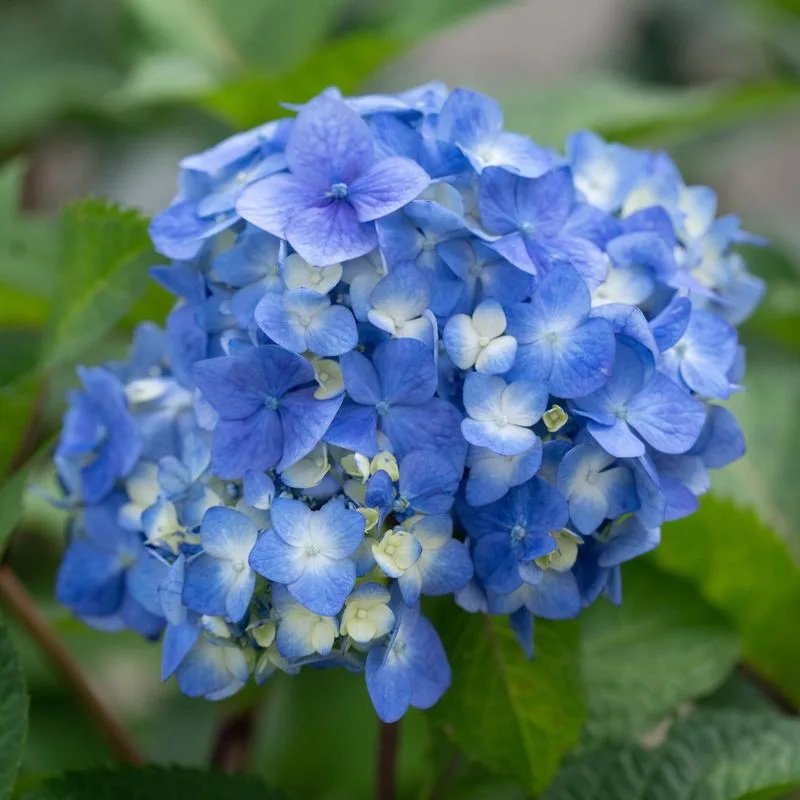
With their large, showy blooms, hydrangeas are a favorite among gardeners. These shrubs offer a burst of color in shades of blue, pink, and white. Ideal for creating focal points, they can transform any garden into a vibrant space. Hydrangeas thrive in well-drained soil and prefer morning sun with afternoon shade. Regular pruning helps maintain their shape and encourages blooms. These plants also make excellent cut flowers, bringing their beauty indoors. Consider the specific variety and its bloom color, as soil pH can influence the hue.
Rhododendron
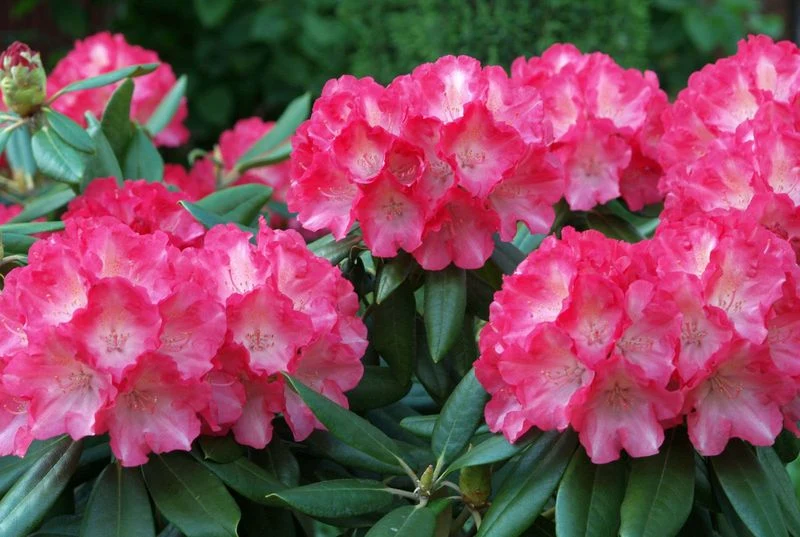
Rhododendrons boast stunning clusters of flowers, adding dramatic flair to any yard. Known for their striking colors, they range from deep purples to vivid pinks. These shrubs prefer acidic, well-drained soil and thrive in partially shaded areas. Rhododendrons can form dense hedges or stand-alone specimens, offering versatility in garden design. Their evergreen leaves provide year-round interest, even when not in bloom. Proper care includes mulching and occasional pruning to maintain health and aesthetics.
Azalea
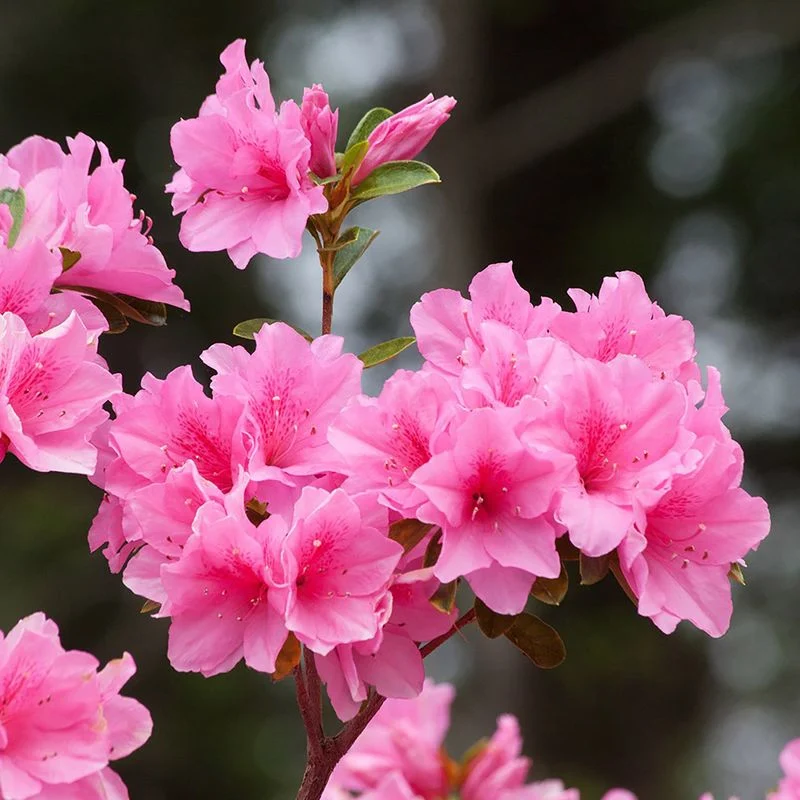
Azaleas are celebrated for their brilliant blooms and are perfect for adding color to spring gardens. They come in various forms, from compact bushes to taller varieties. Azaleas prefer acidic soil and dappled shade, making them suitable for woodland settings. Their flowers attract pollinators, enhancing biodiversity in your garden. Regular watering and mulching support their growth, and light pruning post-blooming keeps them tidy. With a range of colors, these shrubs can match any garden palette.
Lilac
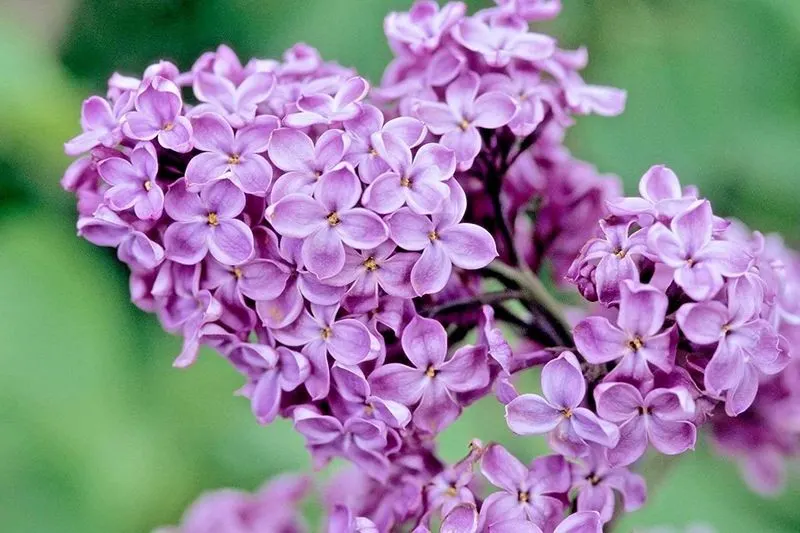
Renowned for their enchanting fragrance, lilacs are a classic choice for gardens. Their delicate clusters of purple, white, or pink flowers bloom in late spring, attracting butterflies and bees. Lilacs thrive in full sun and well-drained soil, making them easy to care for. Pruning immediately after flowering encourages next year’s blooms. These shrubs can be used as hedges or stand-alone features. Beyond their beauty, lilacs’ scent is a nostalgic reminder of spring’s fleeting beauty.
Boxwood

Boxwoods are prized for their versatility and evergreen foliage. Often used for formal hedges, topiaries, or as foundation plants, they bring structure to gardens. Boxwoods adapt to various soil types and can thrive in sun or shade, though they prefer well-drained conditions. Regular pruning helps maintain their shape and encourages dense growth. Despite their slow growth, these shrubs offer longevity and low maintenance. Ideal for adding a touch of classic elegance, boxwoods complement both modern and traditional garden styles.
Butterfly Bush
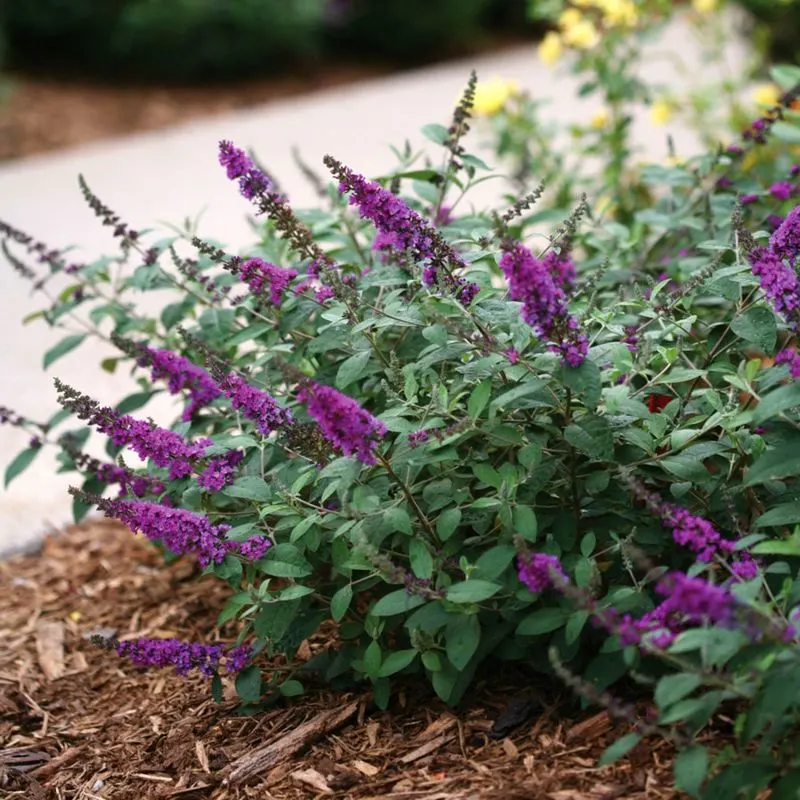
As its name suggests, the butterfly bush attracts pollinators, adding life to any garden. These shrubs are known for their elongated clusters of fragrant flowers, ranging from purple to white. They thrive in sunny locations with well-drained soil. Despite their rapid growth, they require pruning to encourage flowering and prevent them from becoming leggy. Butterfly bushes are excellent for creating informal hedges or as standalone specimens. Their vibrant displays offer a summer-long spectacle of color and activity.
Rose of Sharon

The rose of Sharon offers a tropical vibe with its hibiscus-like flowers, blooming from late summer into fall. Available in a variety of colors, including pink, white, and purple, these shrubs are hardy and easy to grow. They flourish in well-drained soil and full sun, making them a resilient choice for many climates. Minimal pruning is needed, primarily to shape and remove dead wood. These shrubs can be used as a privacy screen or as a colorful addition to mixed borders.
Forsythia

Forsythias are known for their explosion of yellow flowers in early spring, heralding the season’s arrival. These fast-growing shrubs thrive in full sun and adapt to various soil types. Forsythias require pruning right after flowering to control size and encourage bushy growth. They can be used to create informal hedges or as a bright backdrop in the garden. Their cheerful blooms make them a favorite for those looking to brighten up the landscape after winter.
Spirea
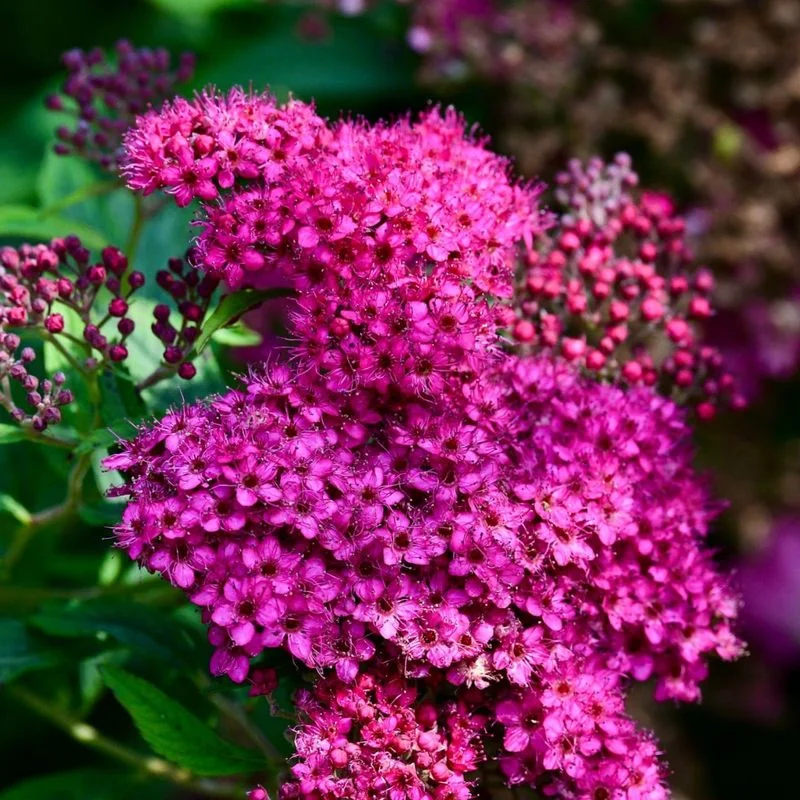
Spirea shrubs are celebrated for their profuse blooms and low maintenance. Available in various sizes, they feature clusters of white, pink, or red flowers. These adaptable plants thrive in full sun and well-drained soil, making them suitable for borders, foundation plantings, or mass plantings. Pruning after flowering encourages reblooming and maintains shape. Spireas’ vibrant foliage also offers seasonal interest, with some varieties showcasing striking fall colors. Their ease of care makes them ideal for novice gardeners.
Holly
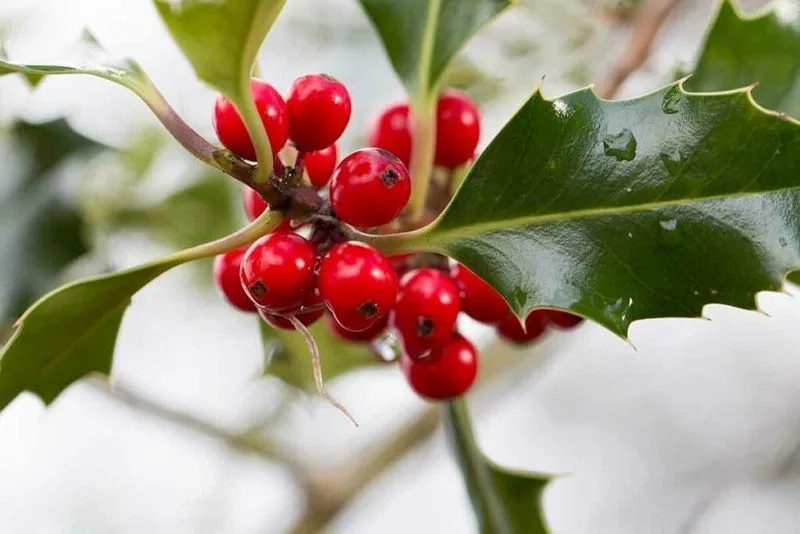
Holly shrubs bring festive charm with their glossy leaves and bright red berries. This evergreen is perfect for hedges, foundation plantings, or as a standalone accent. Hollies prefer well-drained, slightly acidic soil and can tolerate partial shade. Pruning is generally minimal, focused on maintaining shape and removing any dead branches. The berries add color in winter, attracting birds. With various species available, including dwarf varieties, hollies can fit any garden style, offering year-round structure and beauty.
Viburnum

Viburnums are versatile shrubs known for their fragrant flowers, vibrant berries, and attractive foliage. These plants thrive in full sun to partial shade and prefer well-drained soil. Viburnums can be used as privacy screens, foundation plantings, or standalone specimens. Regular pruning helps maintain shape and encourages blooming. The berries provide a food source for wildlife, adding ecological value to your garden. With numerous species available, there’s a viburnum for every landscape need, from dwarf forms to towering varieties.
Barberry
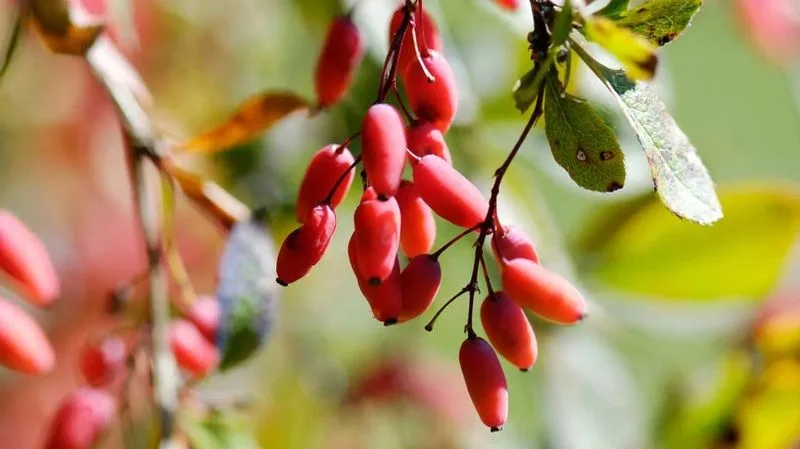
Barberry shrubs are admired for their colorful foliage, ranging from green to deep burgundy. These hardy plants are drought-tolerant and can thrive in various soil conditions. Barberries are ideal for hedges or as border plants, offering a splash of color throughout the seasons. Regular pruning helps control their size and maintains a tidy appearance. The thorny branches provide natural security, deterring unwanted visitors. As an added bonus, their bright berries attract birds, enhancing wildlife diversity.
Camellia
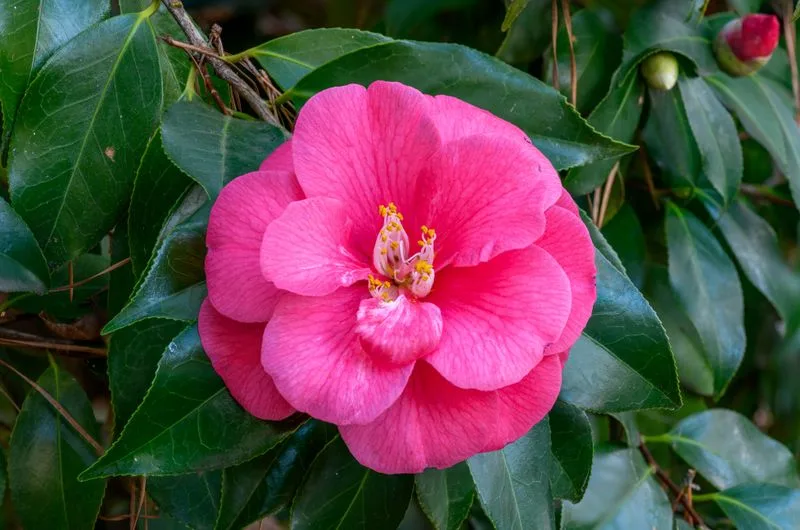
Camellias offer exquisite blooms in late winter to spring, brightening gardens when few other plants are in flower. These evergreens prefer acidic, well-drained soil and partial shade, making them suitable for woodland gardens. Their glossy leaves add year-round interest, while the flowers provide bursts of color. Camellias require minimal pruning, usually to remove dead or weak growth. With a range of flower colors and forms, these shrubs can complement any garden design. They’re perfect for adding elegance and charm.
Weigela

Weigelas are beloved for their trumpet-shaped flowers and arching branches. These shrubs bloom in late spring to early summer, attracting hummingbirds and butterflies. They thrive in full sun with well-drained soil, making them suitable for borders or mass plantings. Light pruning after flowering encourages new growth and future blooms. Weigelas come in various sizes and colors, providing flexibility in garden design. Their long-lasting flowers and vibrant foliage make them an attractive addition to any landscape.
Daphne

Daphne shrubs are cherished for their intensely fragrant flowers, blooming in early spring. These compact plants prefer well-drained, slightly acidic soil and partial shade. Daphne’s flowers attract pollinators, adding ecological value to your garden. While they require little maintenance, careful placement is key, as they dislike being moved. Incorporating daphnes into your landscape brings a sensory delight, offering both beauty and aroma. Their evergreen foliage ensures year-round appeal, completing their allure.
Abelia

Abelia shrubs are known for their long blooming season and attractive foliage. These plants thrive in full sun to partial shade and well-drained soil. Abelias are versatile, fitting well into mixed borders or as low hedges. Their tubular flowers attract pollinators, supporting garden biodiversity. Minimal pruning is needed, primarily to maintain shape and encourage dense growth. With their colorful flowers and glossy leaves, abelias add a touch of elegance to any yard, offering beauty and function throughout the growing season.
Fothergilla
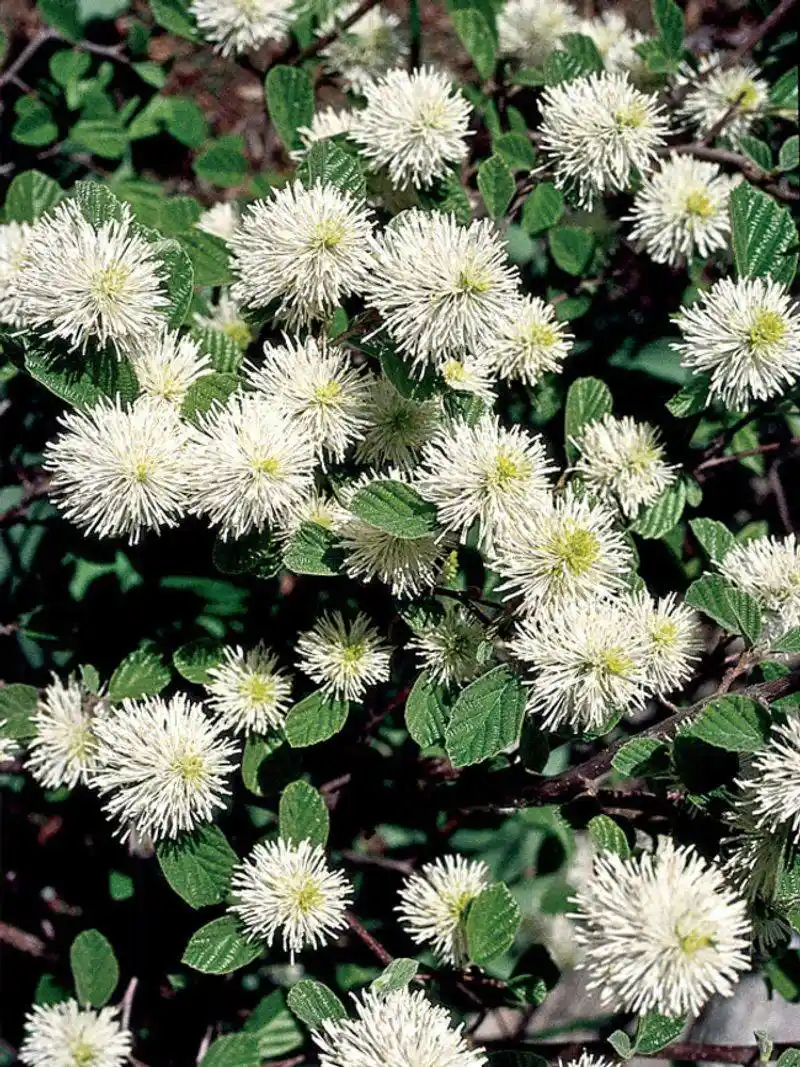
Fothergillas are prized for their unique bottlebrush flowers and vibrant fall foliage. These shrubs prefer acidic, well-drained soil and thrive in full sun to partial shade. Ideal for woodland gardens or mixed borders, they offer seasonal interest from spring through fall. Pruning is minimal, focused on maintaining a natural shape. Their flowers attract pollinators, adding ecological value. Fothergillas’ autumn leaves provide a stunning display of color, making them a standout choice for those seeking visual impact and biodiversity.

